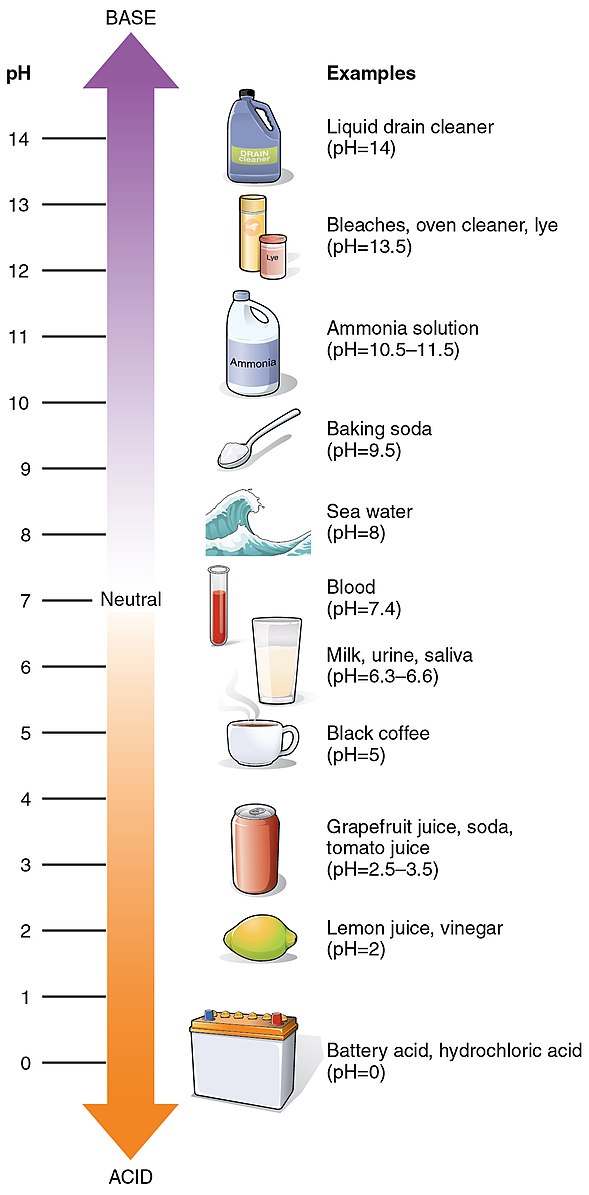The pH value of snow water can range from 4.5 to 7.5, with a majority of measurements around 5.5. This acidity is primarily due to the interaction between snow and carbon dioxide in the atmosphere, which forms carbonic acid and lowers the pH. Understanding the pH of snow water is crucial, as it can impact the environment and human health.
Factors Affecting the pH of Snow Water
Atmospheric Pollution
Contaminants in snow water can include various pollutants and chemicals, such as sulfur dioxide and nitrogen oxides, which are emitted by industrial processes and vehicles. These pollutants can react with water, oxygen, and other chemicals in the atmosphere to form acidic compounds, which then fall as acid rain or snow.
Geographical Location
In unpolluted areas, the pH of snow water is expected to be near 5.6, assuming a standard atmospheric CO2 concentration of 0.0355%. However, in polluted areas, the pH can drop below 5.0, classifying it as acid rain.
Geological Conditions
The pH of snow water can also be influenced by the geological conditions of the area. For example, if the snow falls on a region with limestone or other alkaline materials, the pH may be higher than in areas with more acidic soil or rock formations.
Identifying the pH of Snow Water
 Image source: OpenStax College
Image source: OpenStax College
To determine the pH of snow water, it is recommended to use a pH meter or test strips. These tools can provide a quick and accurate reading of the water’s acidity or alkalinity. It is important to collect the snow water sample as soon as possible after it has fallen, as the pH can change over time due to various chemical reactions.
Balancing the pH of Snow Water
To balance the pH of snow water, it is recommended to increase the pH to a range between 6.5 and 8.5, as determined by the United States Environmental Protection Agency. This can be achieved by using limestone or other alkaline materials to neutralize the acidity.
Limestone Treatment
Limestone is a common and effective method for balancing the pH of snow water. The limestone reacts with the acidic compounds in the water, neutralizing the acidity and raising the pH to a more neutral level.
Other Alkaline Materials
In addition to limestone, other alkaline materials, such as sodium hydroxide or potassium hydroxide, can also be used to balance the pH of snow water. These materials work by reacting with the acidic compounds and raising the pH.
Maintenance and Monitoring
It is important to regularly monitor the pH of the treated snow water and make any necessary adjustments to maintain the desired pH range. This can be done by periodically testing the water and adding more alkaline materials as needed.
Importance of Balanced pH in Snow Water
While acidity in water is not inherently harmful to health, it can have other consequences. Acidic water can dissolve lead or copper that may be present in plumbing, which can then be ingested and cause health problems. Additionally, acidic snow water can have negative impacts on the environment, such as damaging aquatic ecosystems and vegetation.
Conclusion
The pH of snow water is an important factor to consider, as it can range from acidic to neutral depending on various environmental factors. By understanding the factors that affect the pH of snow water and taking appropriate measures to balance it, we can ensure the safety and sustainability of this valuable natural resource.
References
- American Ground Water Trust. (2003). Acid Rain and Ground Water pH. THE AMERICAN WELL OWNER, 2003, Number 3. Retrieved from https://agwt.org/content/acid-rain-and-ground-water-ph
- U.S. Environmental Protection Agency. (n.d.). Acid Rain. Retrieved from https://www.epa.gov/acidrain
- Fondriest Environmental, Inc. (n.d.). pH of Water – Environmental Measurement Systems. Retrieved from https://www.fondriest.com/environmental-measurements/parameters/water-quality/ph/.
